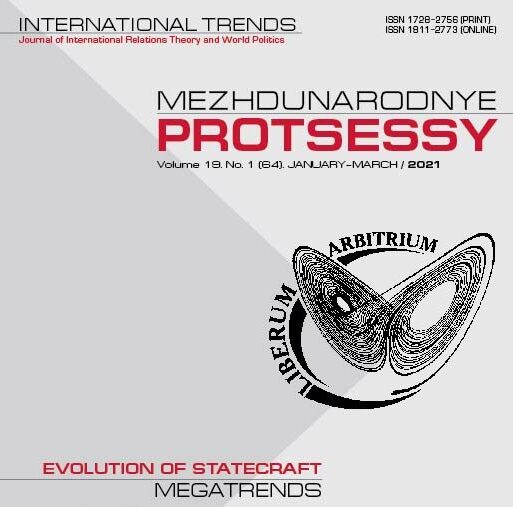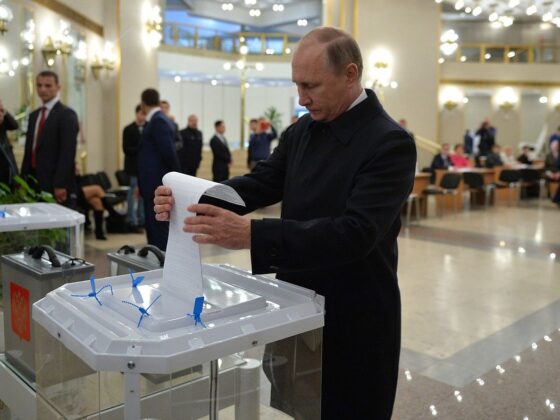(International Trends) The article introduces the special issue of International Trends dedicated to the current tendencies in the evolution of statecraft. It sets the analytical agenda for other special issue contributions by discussing the meaning of the term “statecraft” and illustrating the concept through several dilemmas that policymakers commonly face when choosing foreign policy toolkits. The authors posit that, at base, a meaningful definition of statecraft subsumes the ends, means, and ways embraced by a government in its attempt to exert influence over another state short of the resort to brute military force, either directly or via pressures on key non-state stakeholders. The article goes on to highlight how a clear-cut formulation of a country’s “national interests” may, on one hand, serve as a lodestar for the national bureaucracy and draw “red lines” for the country’s adversaries, but on the other hand, entail a difficult and politically costly choice between mutually exclusive priorities for the country’s foreign policy goals. The authors also discuss the impact of technological innovation on the evolution of great power statecraft. They describe a variant of the security dilemma arising from the choice between immediate weaponization of new technology, on one hand, and refraining from such move with the aim of avoiding an arms race or escalation of existing conflicts, on the other. In its turn, developing a strong identity as a means of statecraft for an international player may increase that player’s power of commitment, but at the same time, foreclose attractive policy options that cannot be implemented because they could compromise the chosen identity. Pioneering the use of big data in the study of statecraft, the authors find that, notwithstanding very different power positions, traditions, and interests, U.S. and Russian discourse surrounding great power competition resemble each other more than commonly acknowledged.
Read More © International Trends











